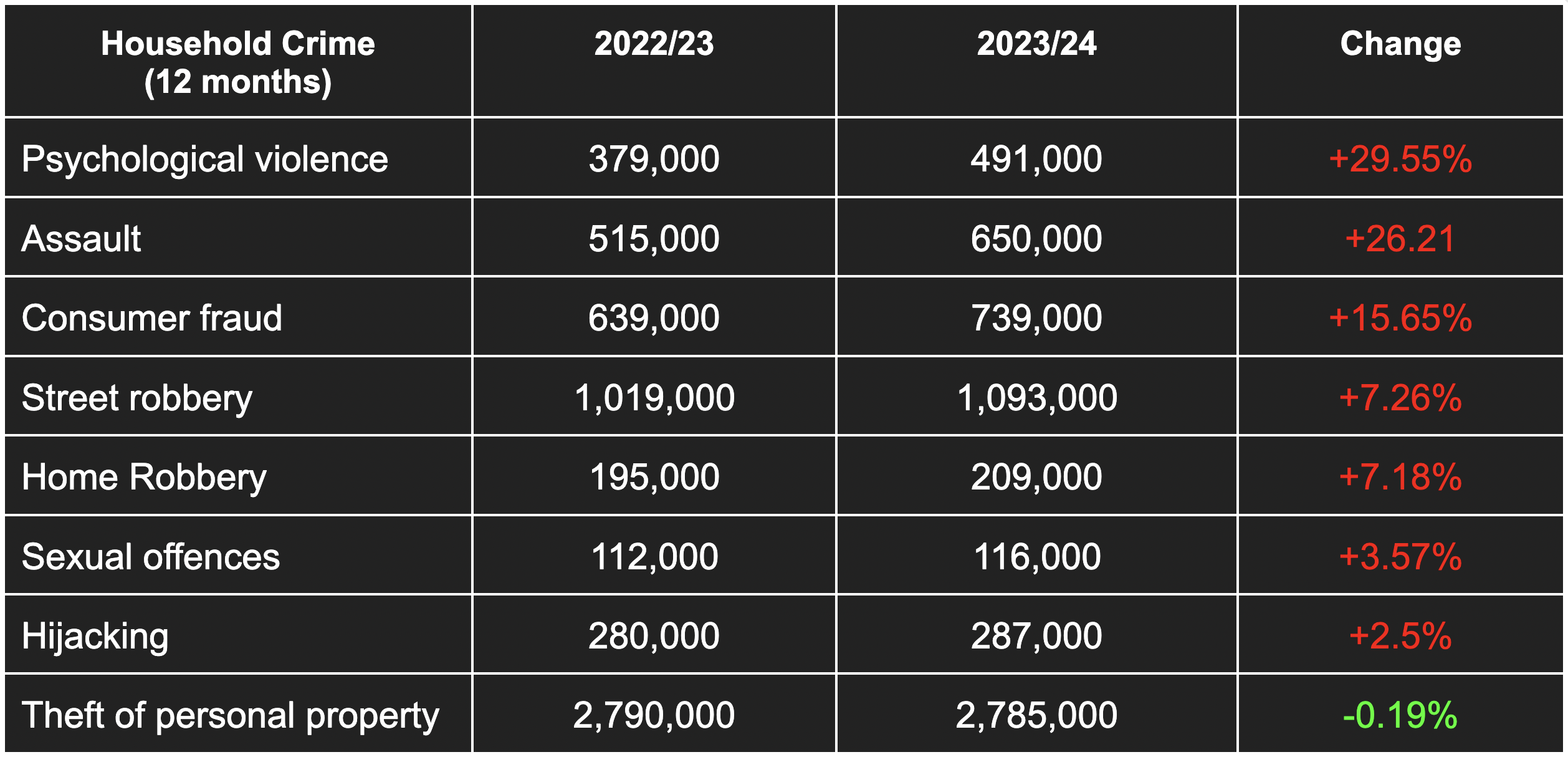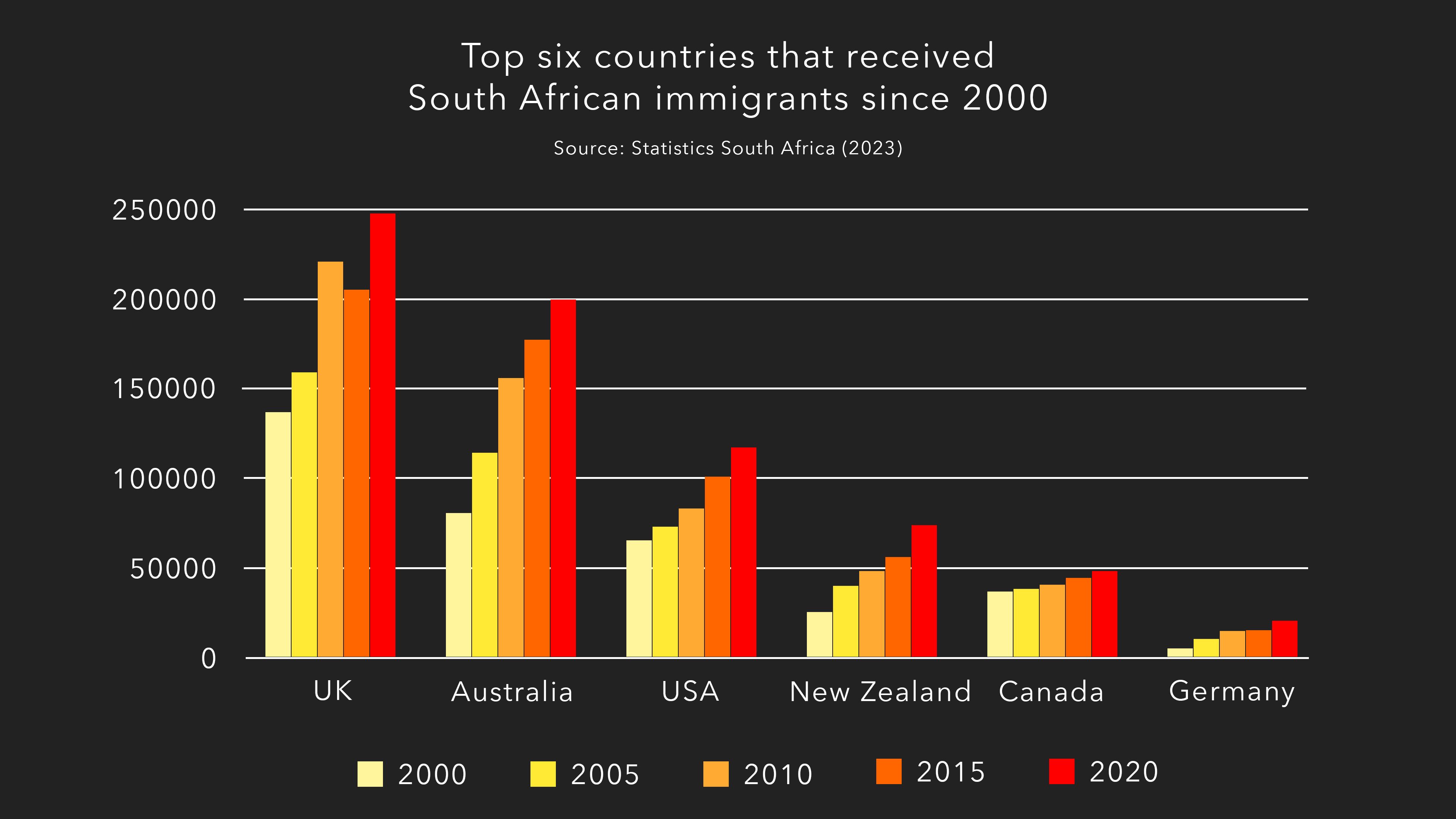Escaping Crime
The safety concerns driving South Africans to Australia

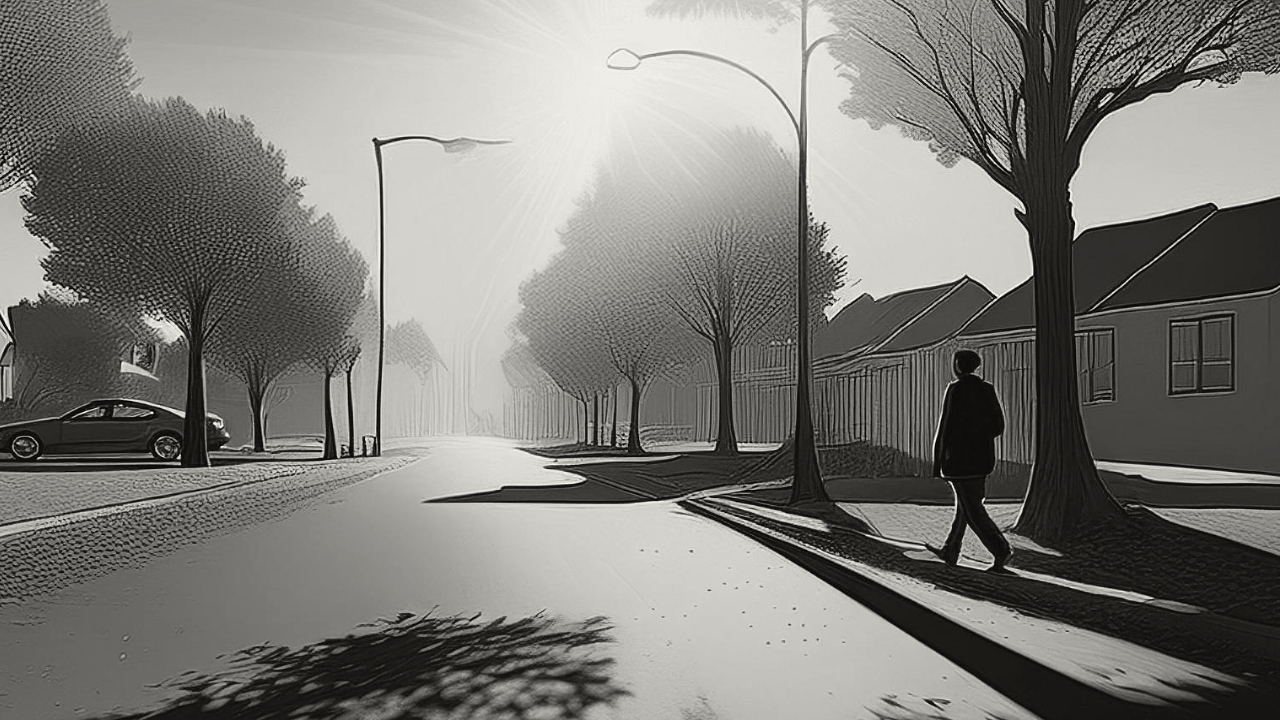
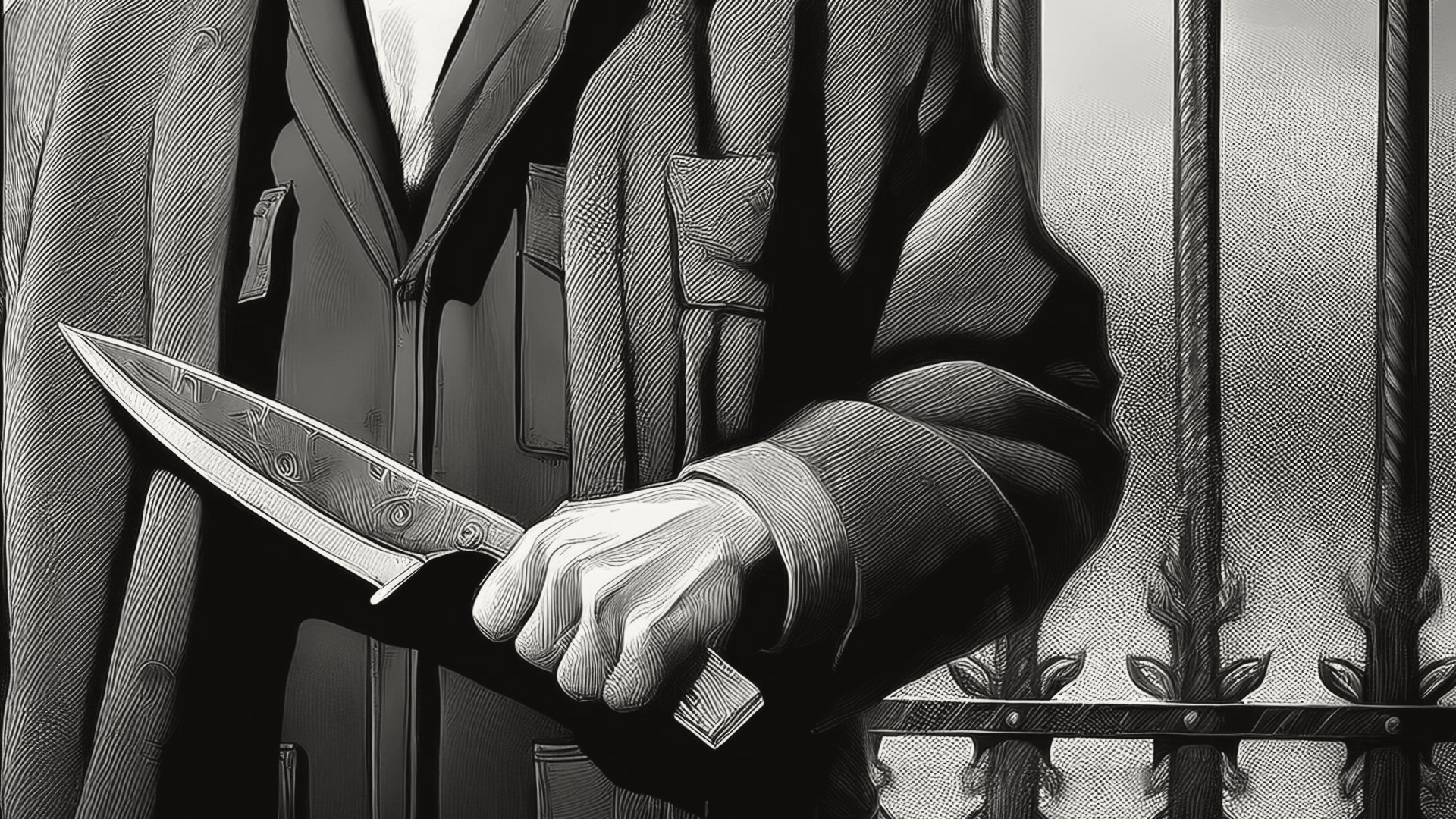

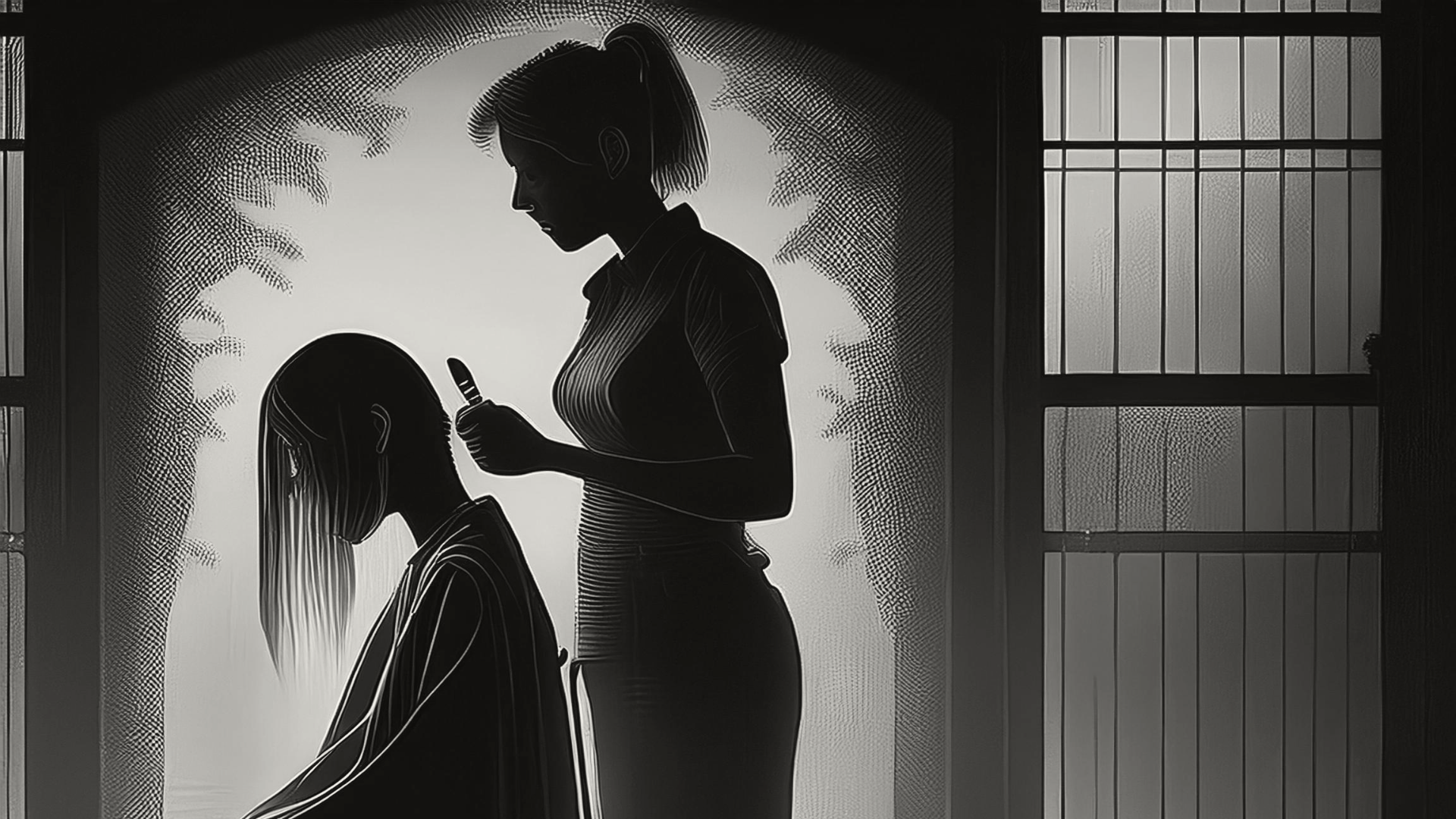
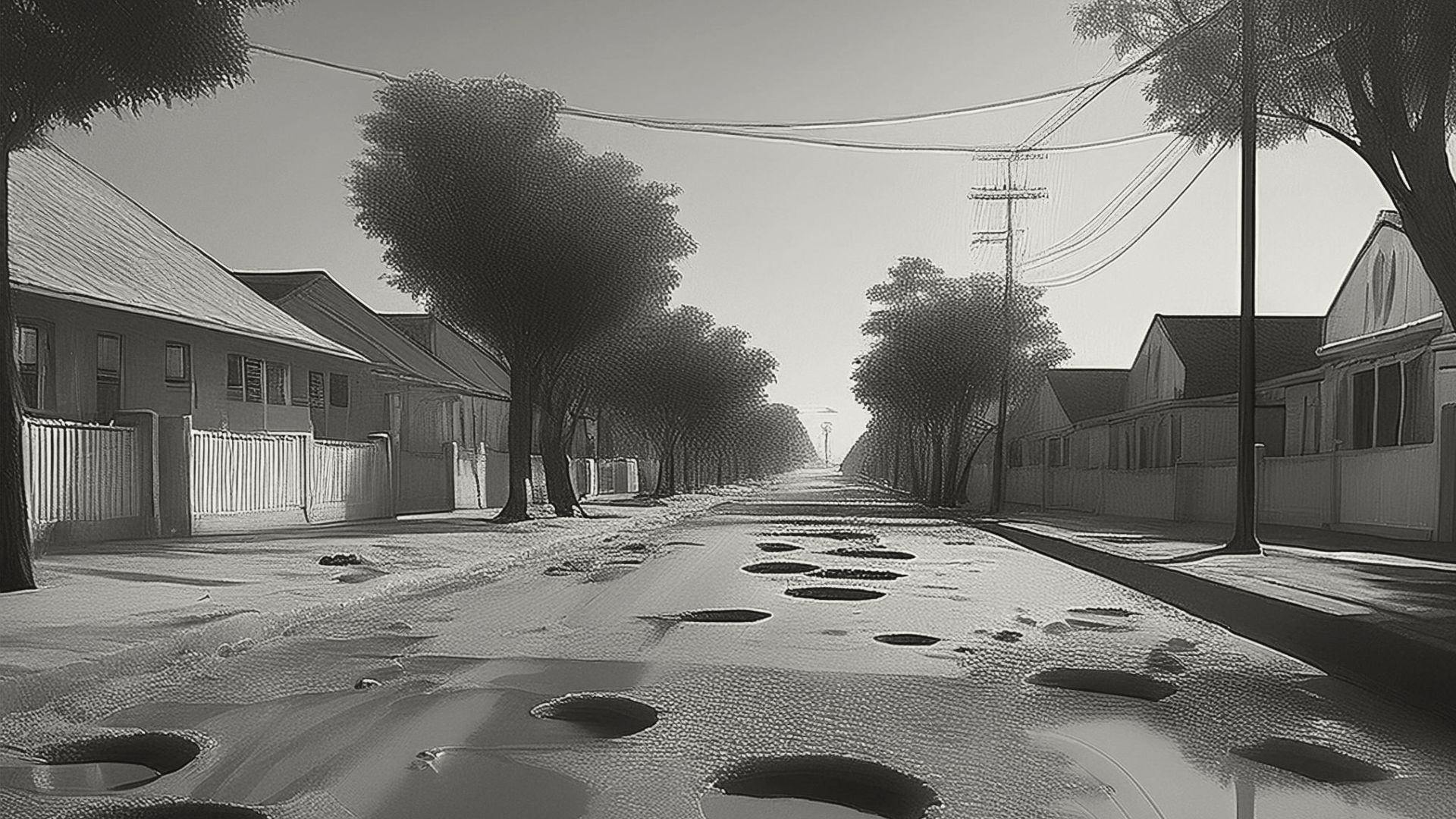
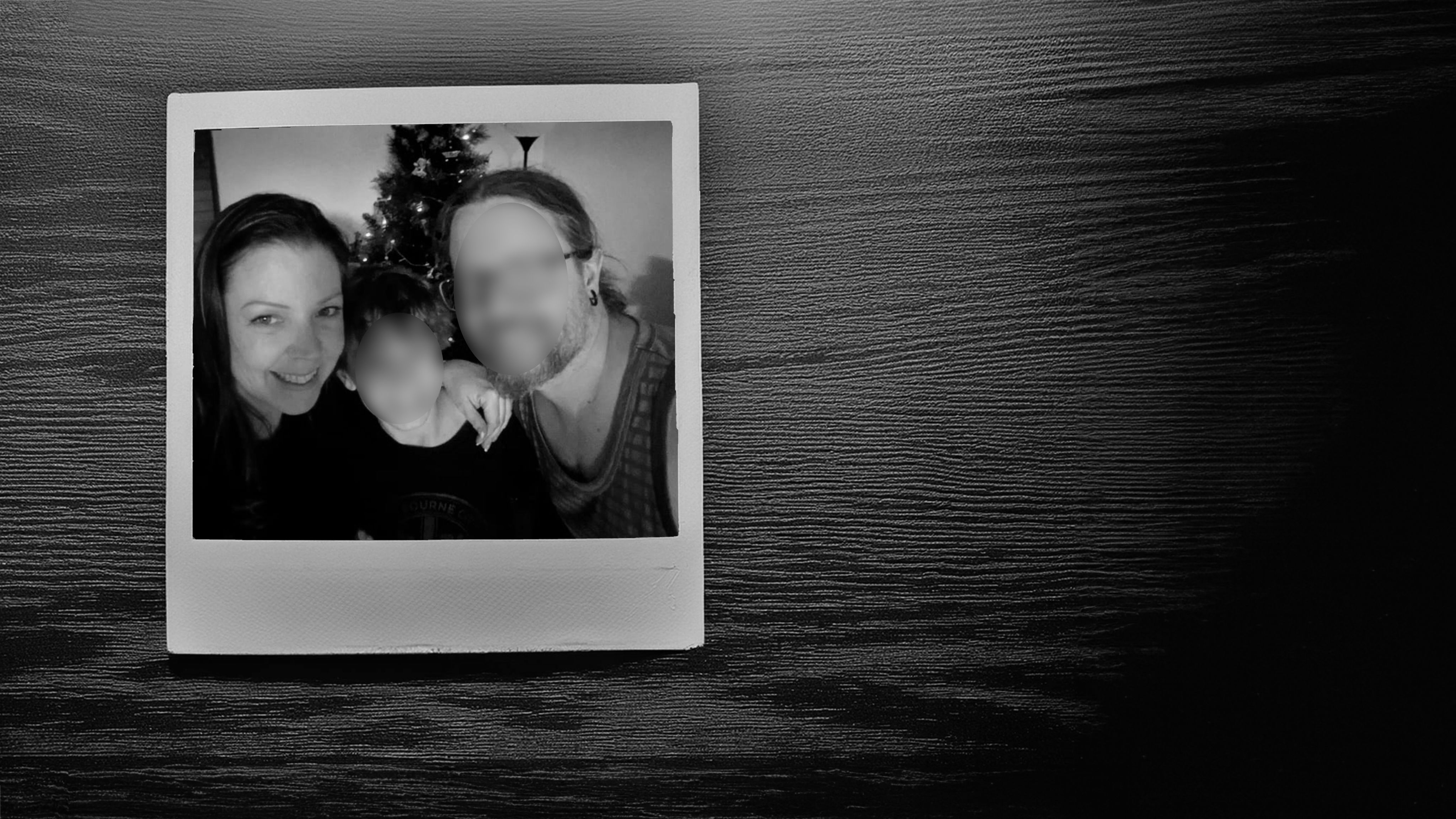
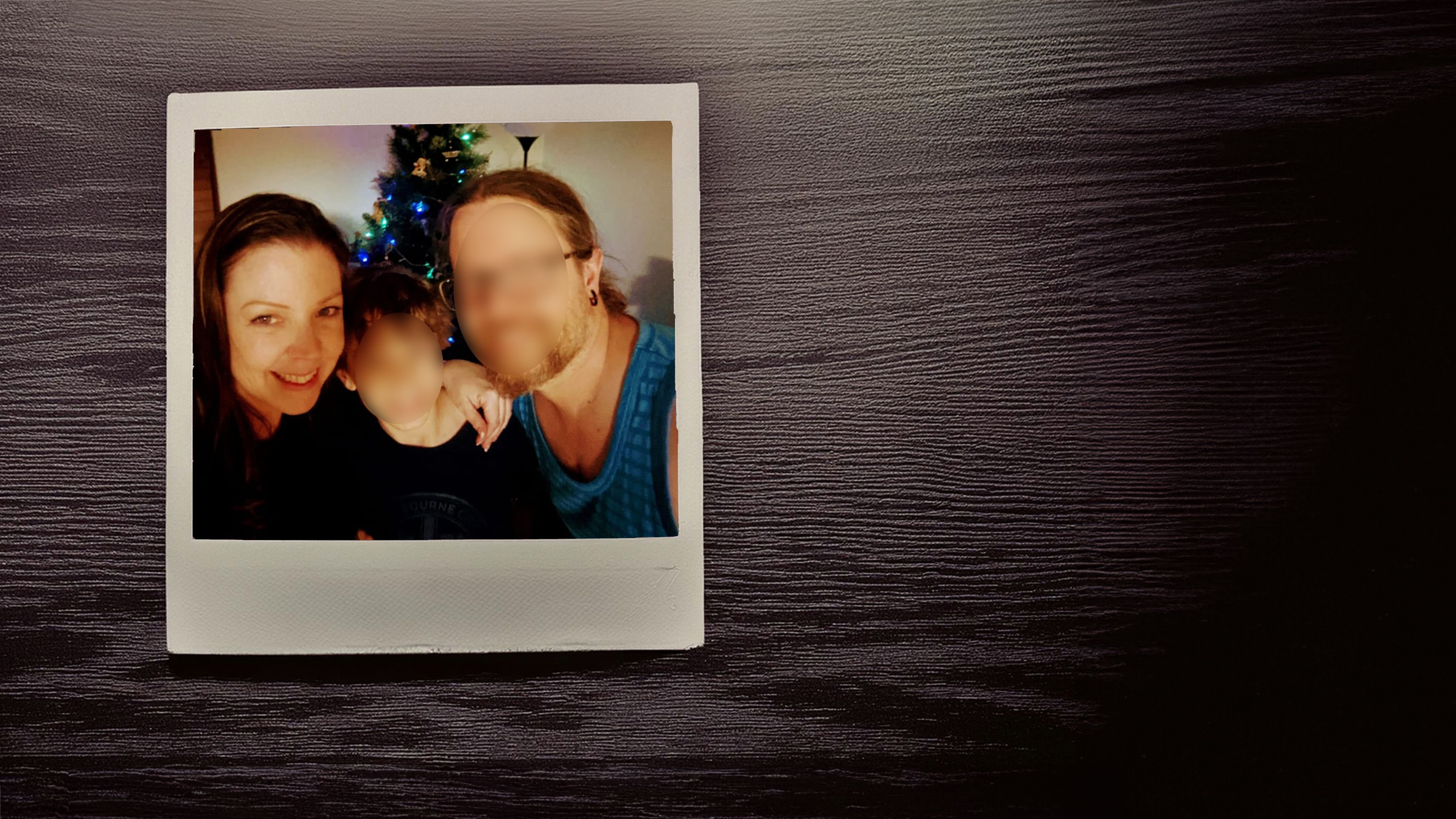
South Africa, 2000 - 5pm on a crisp autumn afternoon, Angela Rowe arrives home.
After a long hospitality shift, she drags herself out of the car when she spots a stranger walking on the other side of the street.
Not thinking much about it, she makes her way towards her security gate.
That's when the stranger pulls out a long, jagged knife from under his coat and threatens to kill her.
Angela instantly freezes.
In an emotional whirlwind, Angela gives all her possessions to the man who seemingly vanishes as quickly as he appeared.
Fearing for her life, she hauls herself over her metal spiked security gate, creating gashes in her hands, which she can still vividly picture to this day.
But what felt like an isolated incident at the time would only be the beginning of Angela’s encounters with crime in a deteriorating South Africa.
South Africa, 2014 - Rape, carjackings and murders.
These are common topics for Angela, who is now a hairdresser in Johannesburg.
Angela runs a home salon behind the security gate, high walls and barred windows of her house.
Almost every day, Angela hears chilling stories from her clients.
"After a company function, [one of my clients] and her husband were kidnapped by men who had hidden in the trunk of their Uber," Angela says.
"They were taken to an ATM to withdraw money and then to a township, where the husband was stabbed, and the wife was gang-raped throughout the night."
When Angela ventures outside her salon, the situation isn't any brighter.
"Roads, infrastructure, schools, hospitals, and the electricity grid all suffered from years of neglect," Angela says.
"Corruption was rampant, and bribing police officers became a common practice to avoid being falsely accused."
It started to dawn on Angela that her child wouldn't have a future in South Africa.
So three years and $32,000 later, Angela's family immigrated to Victoria in 2018.
South Africa, 2024 - Over the past ten years, violent crimes have skyrocketed in South Africa, sparking an exodus among residents looking for a safer future.
According to the latest data from Statistics South Africa, Australia is the second-largest destination for emigrants leaving South Africa.
The data shows since 2014, kidnapping cases have more than tripled, and reports of carjackings and murder have also increased significantly.
While violent crime subsided slightly during the 2020-2021 COVID-19 pandemic lockdowns, cases have drastically increased since restrictions were lifted.
A Statistics South Africa survey showed an alarming uptick in reported violent crime between the 2022/23 and 2023/24 financial years.
Psychological violence, assault and consumer fraud saw the most significant increases, all rising more than 15 per cent.
Theft of personal property did see a reduction in incidents, but figures remained high at 2,785,000 cases in 2023/24.

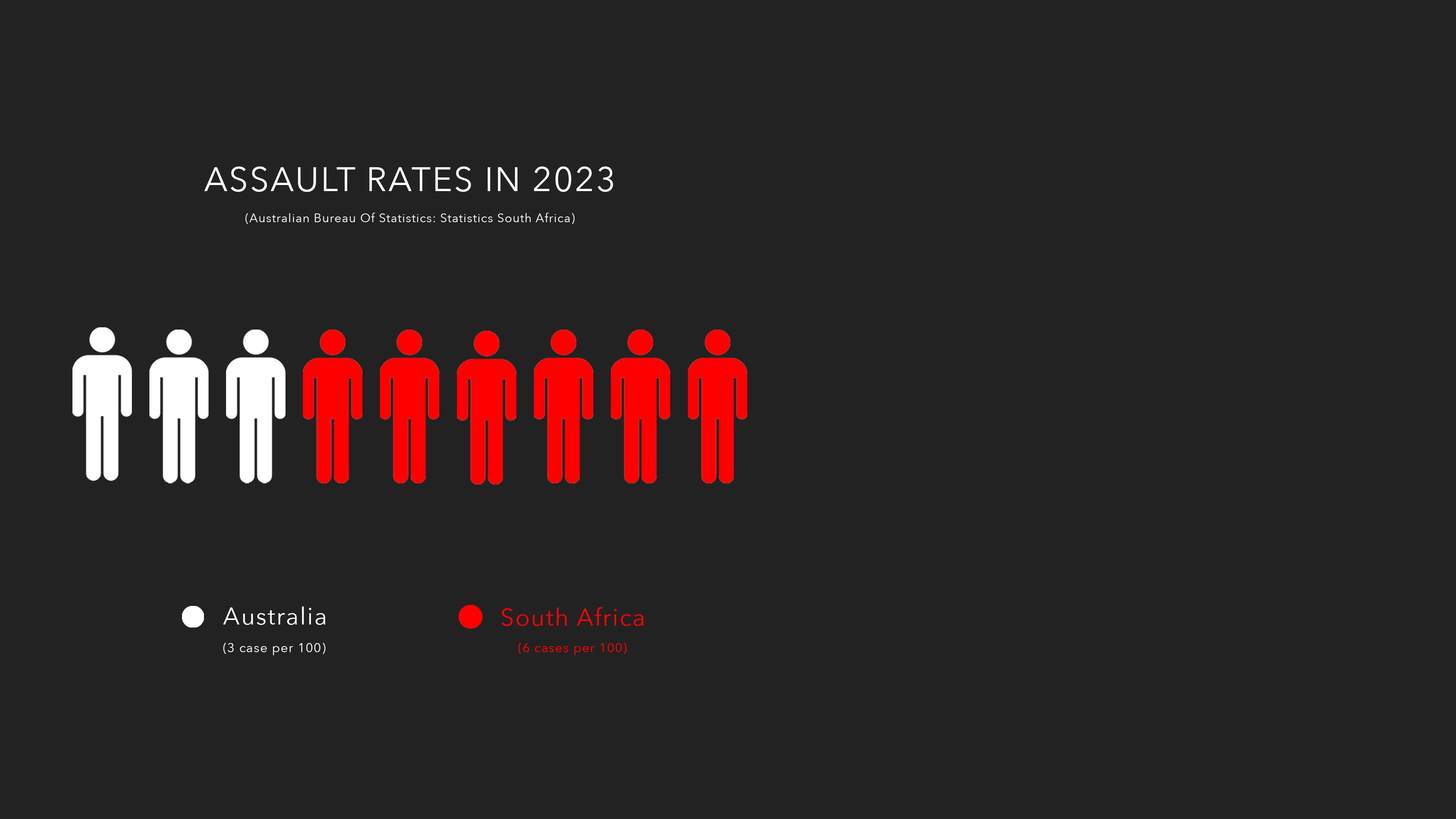
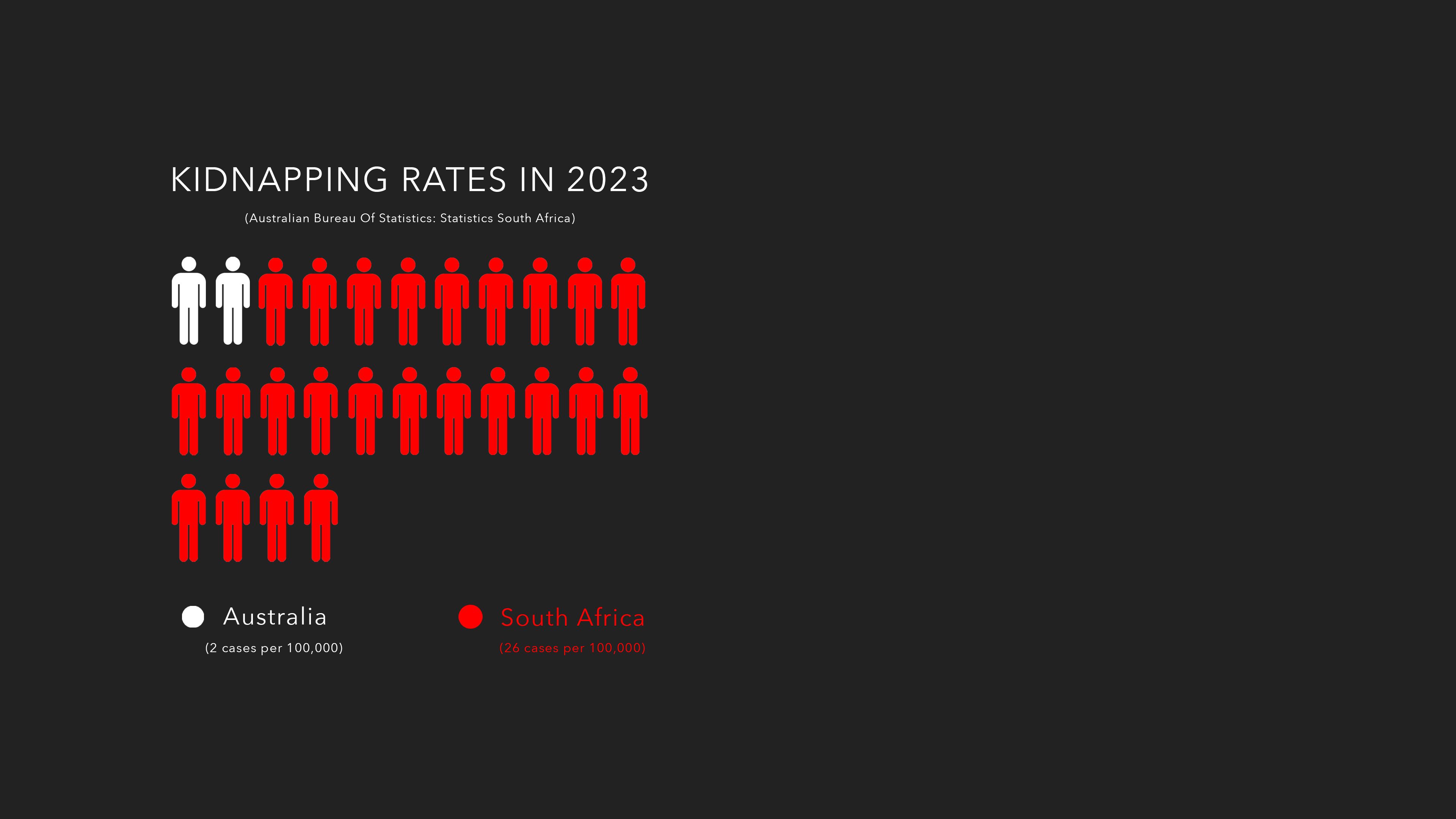
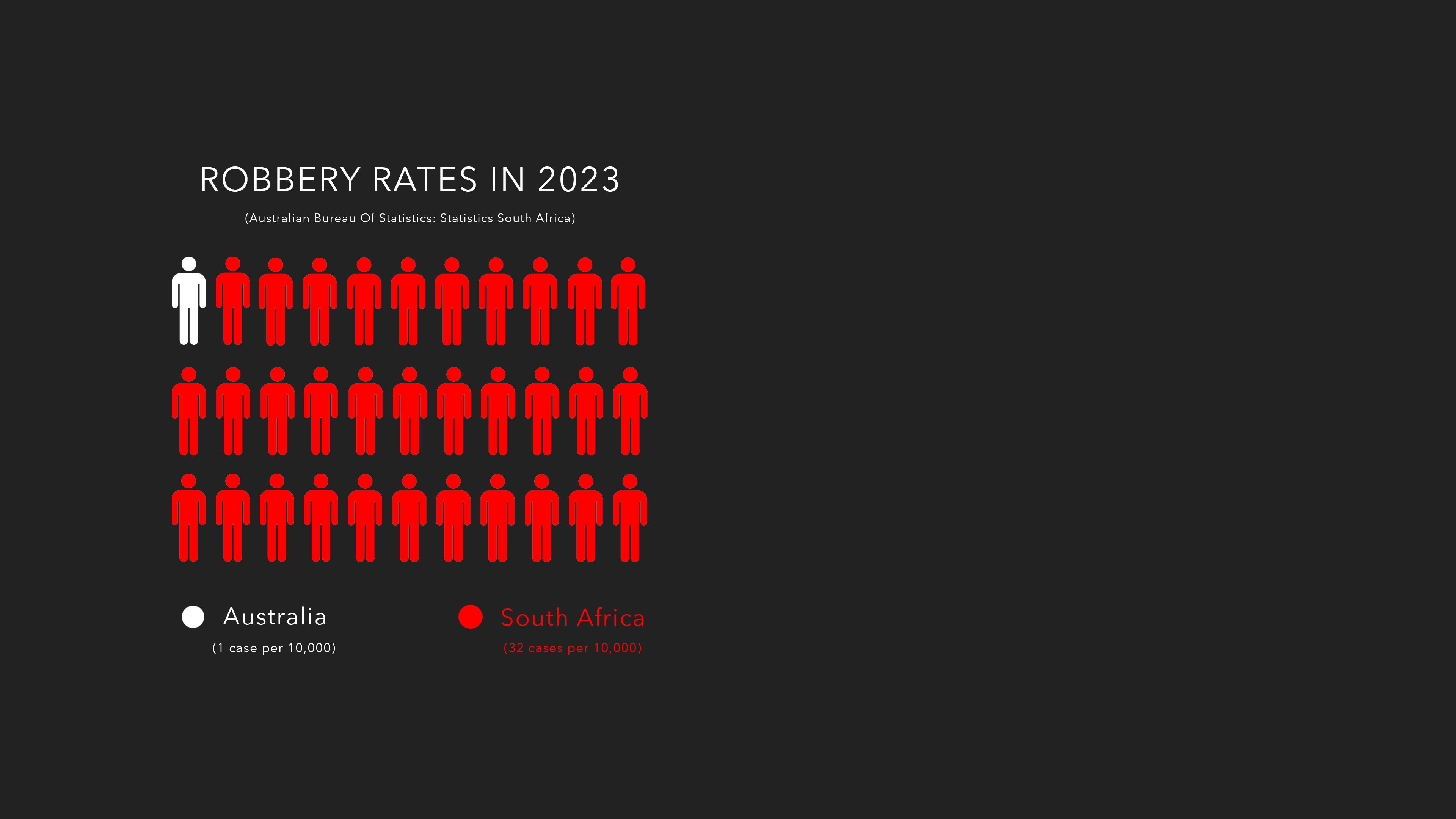
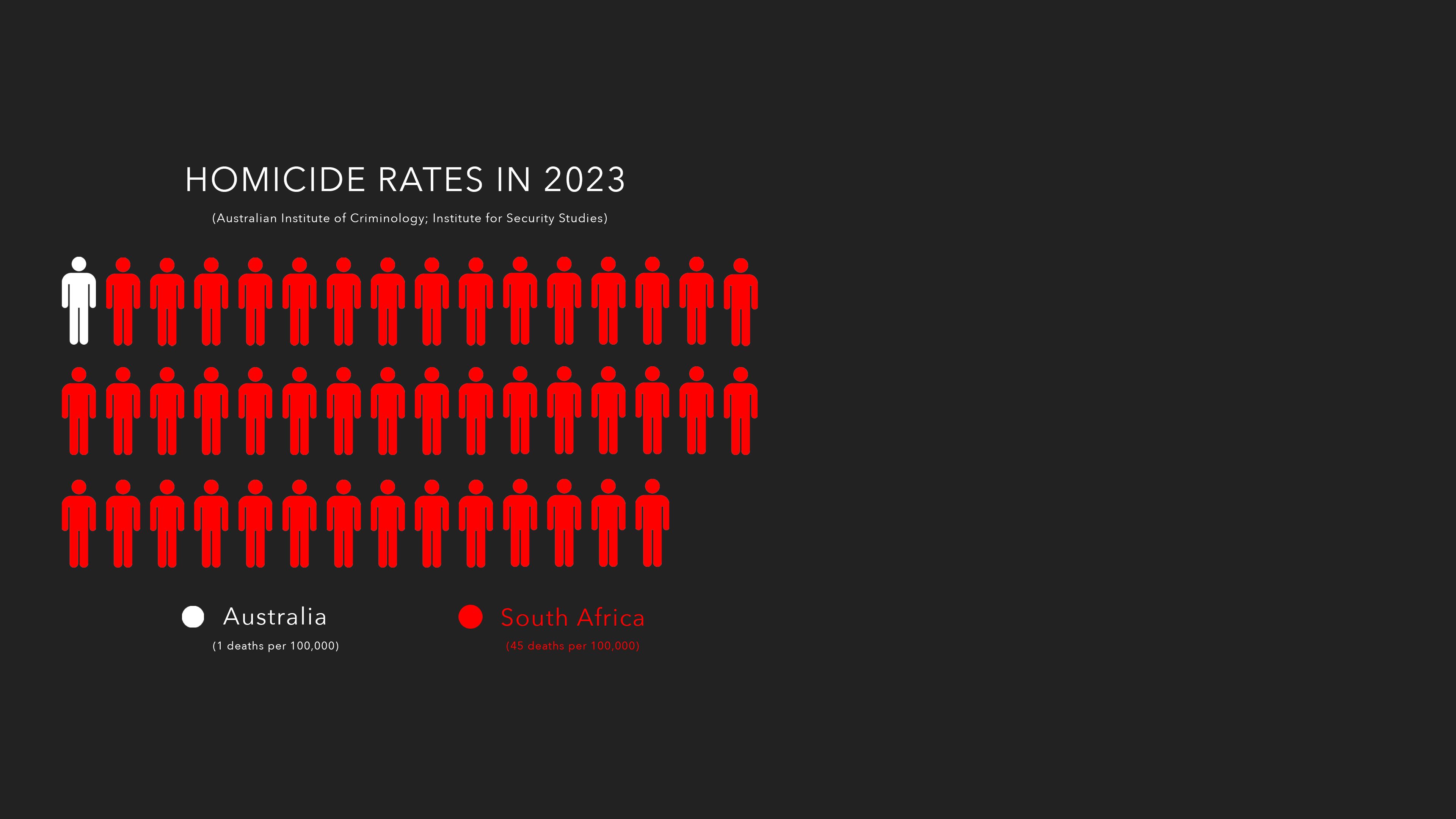
In 2023, reported cases of assault in South Africa were double those in Australia.
There were 13 cases of kidnapping in South Africa for every case in Australia.
Robbery incidents were also significantly higher in South Africa, with 32 cases for every case in Australia.
Homicide rates were the most alarming, with 44 cases in South Africa for every case in Australia, representing a 4,400 per cent difference.
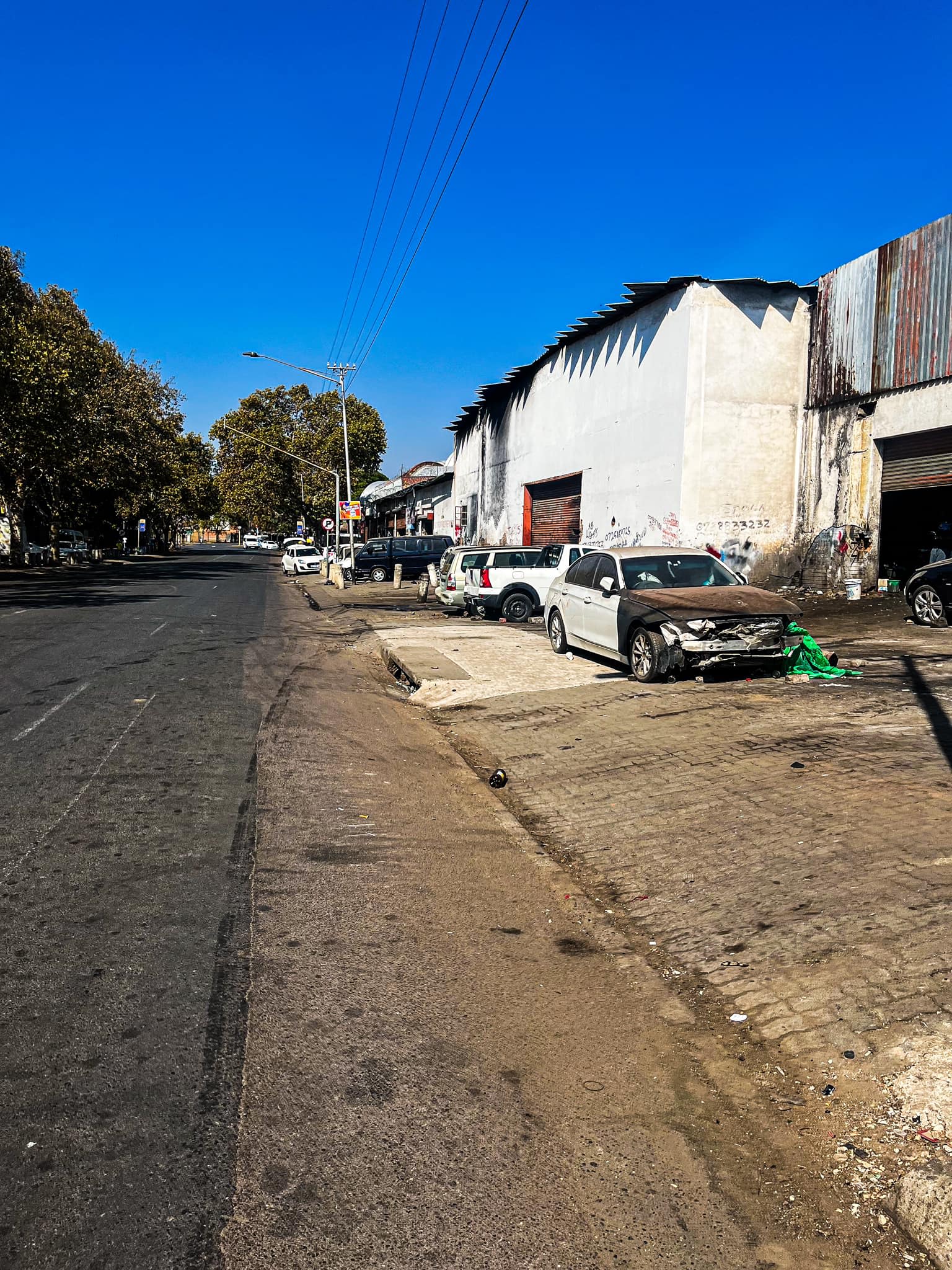
The Australian government Smart Traveller website advises travellers to "exercise a high degree of caution in South Africa due to the threat of violent crime".
"Crime rates in South Africa are significantly higher than in Australia and often involve weapons," the website states.
"Crime and violence are serious issues across South Africa, including murder, rape, assault, food and drink spiking, robbery and carjacking."


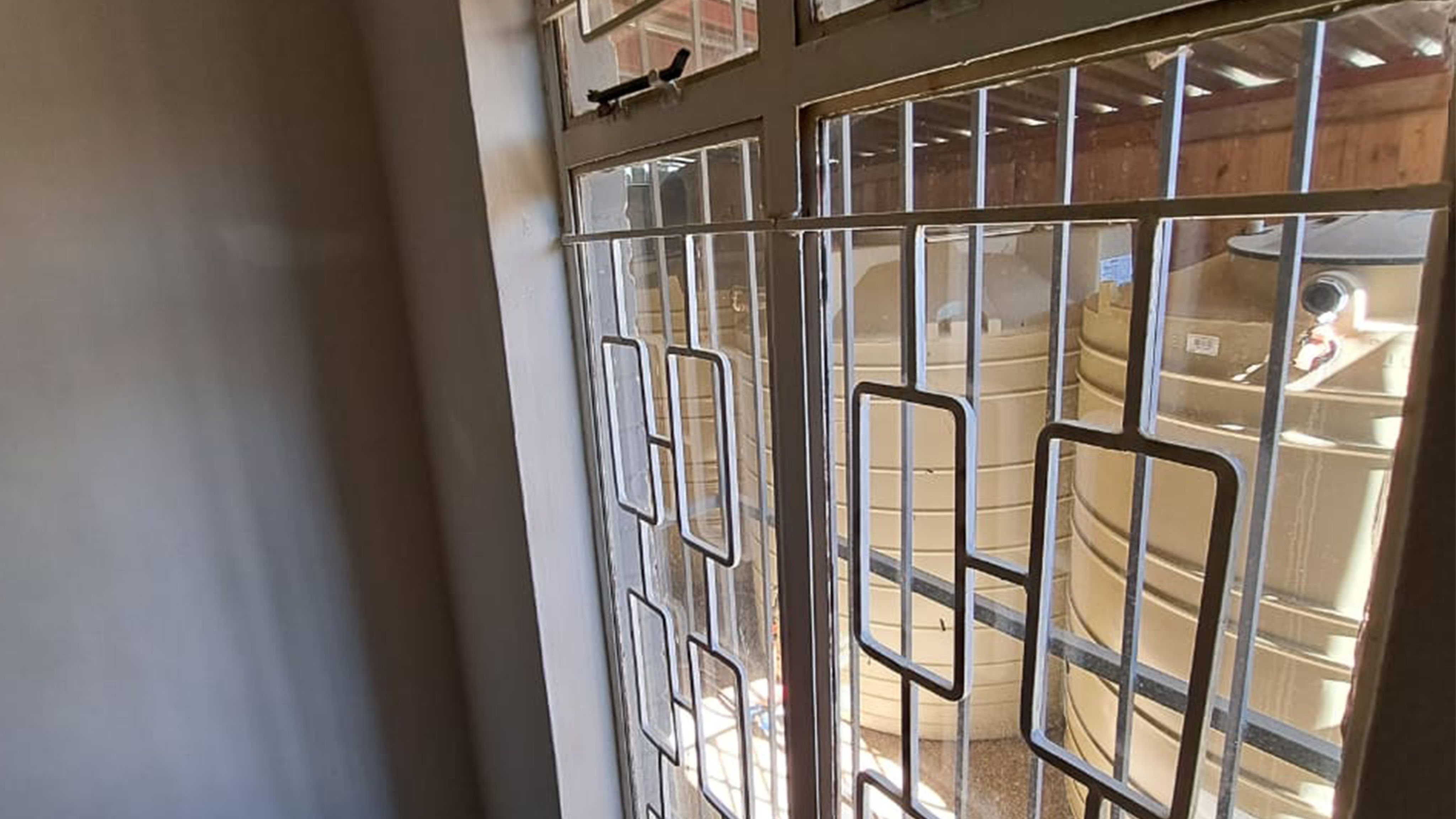

South African resident and mother Franche Raath has lived with the reality of crime and violence for many years and is concerned about the future of her two-year-old son in the country.
"We have taken extra precautions to make sure [our son] is safe in our home," Franche said.
"We have put in an alarm system, electric fencing, beams, extra fencing on our windows and a safety door in our corridor to keep us safe.
"He is not allowed to play alone outside, and I don't take chances walking with him in his stroller in our neighbourhood due to the knowledge of the crime in our community."
Franche is a qualified teacher and has recently accepted a job offer in Australia.
She hopes to join the nearly half a million South Africans who have emigrated out of the country since 2000.

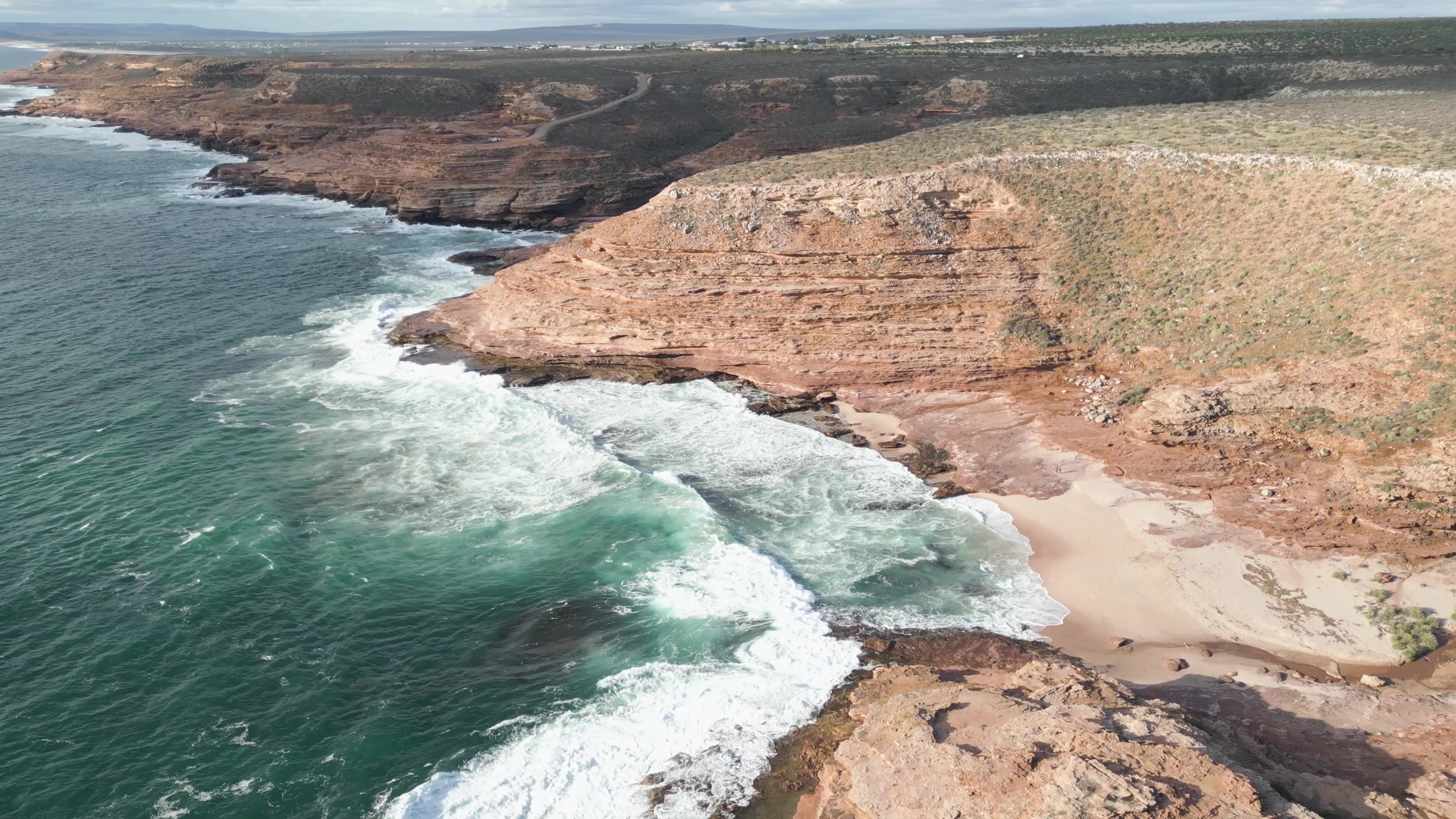
Australian Migration Specialists' managing director Tracey Lawrence says that crime and lack of career growth are the two main factors behind South African emigration.
"Young South Africans do not feel as if they have the potential to grow careers in this country," Tracey said.
"Coupled with this is the political instability, corruption and the rising cost of living while the unemployment rate continues to climb at a rather alarming rate – now being over 32 per cent unemployed.
"South Africans choose Australia because we feel that Australians and South Africans share a similar lifestyle – we are outdoors people who enjoy our sport and a barbie."
Statistics South Africa data shows Australia is the second-largest destination for emigrants leaving South Africa behind the United Kingdom.
Since 2000, Australia's South African population has grown by 148 per cent, outpacing the United Kingdom's growth.
The Australian Bureau of Statistics estimates 214,790 South Africans lived in Australia in 2023, making up 0.8 per cent of the country's total population.
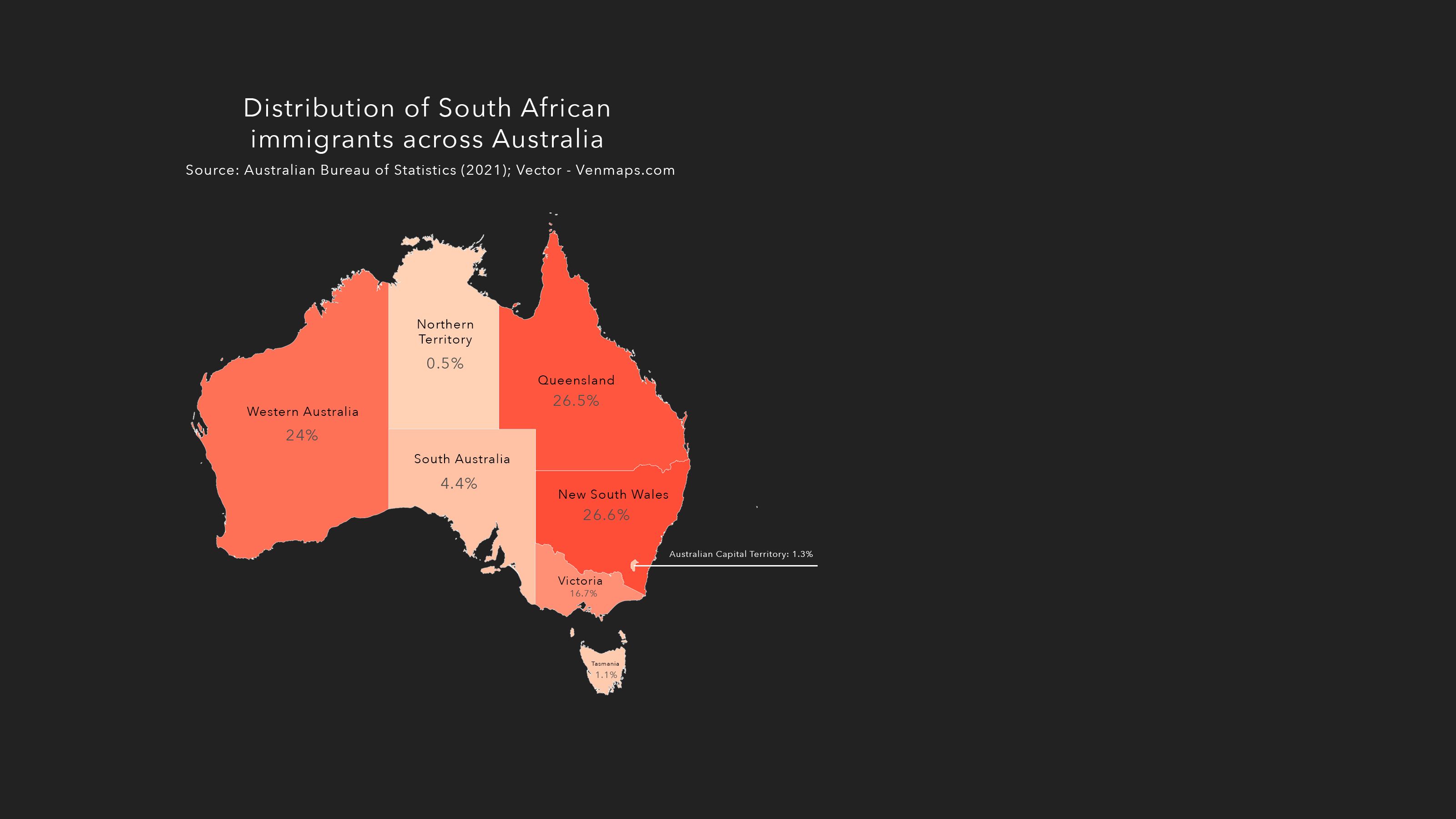
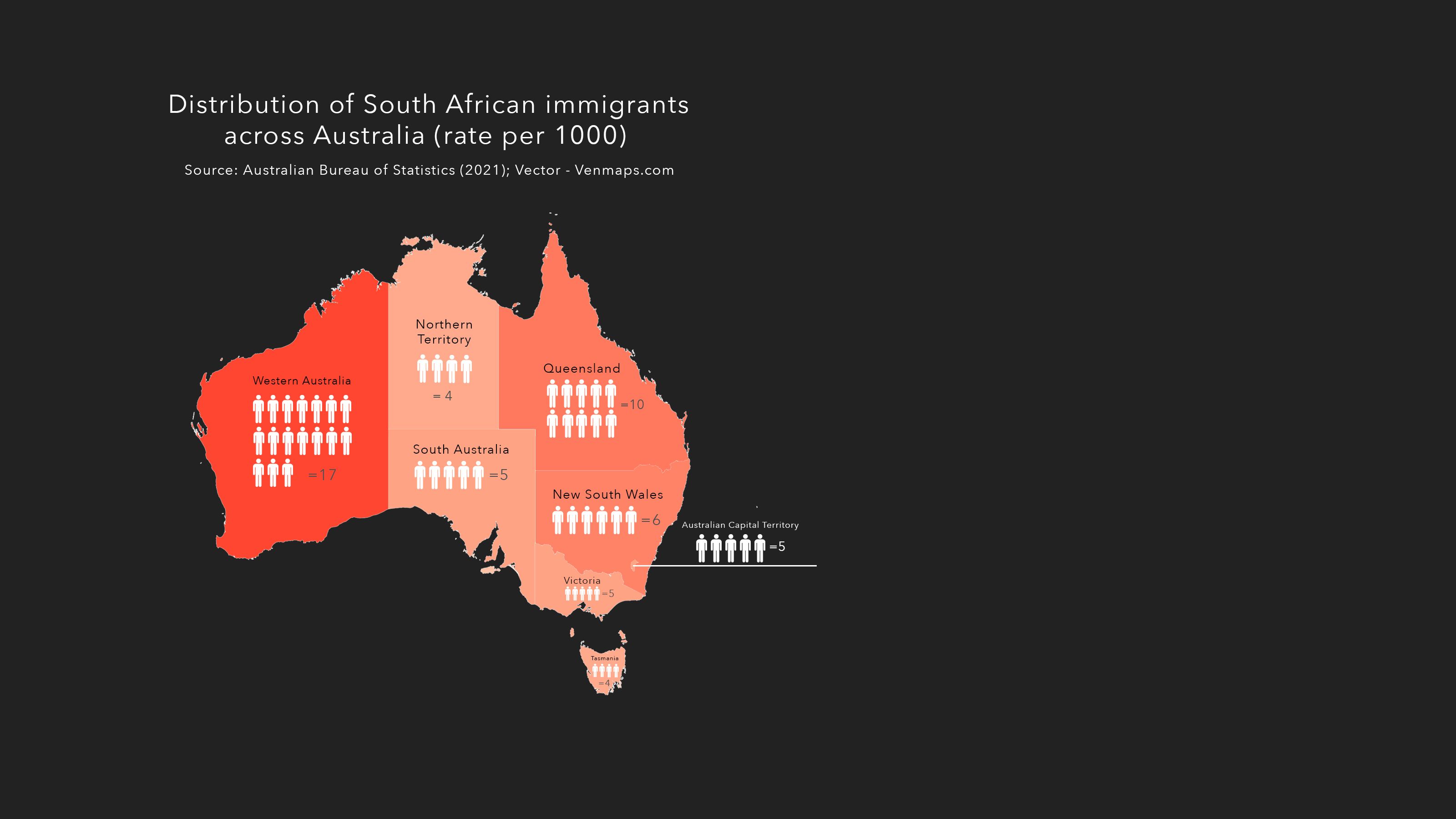
New South Wales has the largest distribution of South African immigrants, with 26.6 per cent.
Western Australia has the largest proportion of South African immigrants, with 17 South African immigrants for every 1,000 Australians.
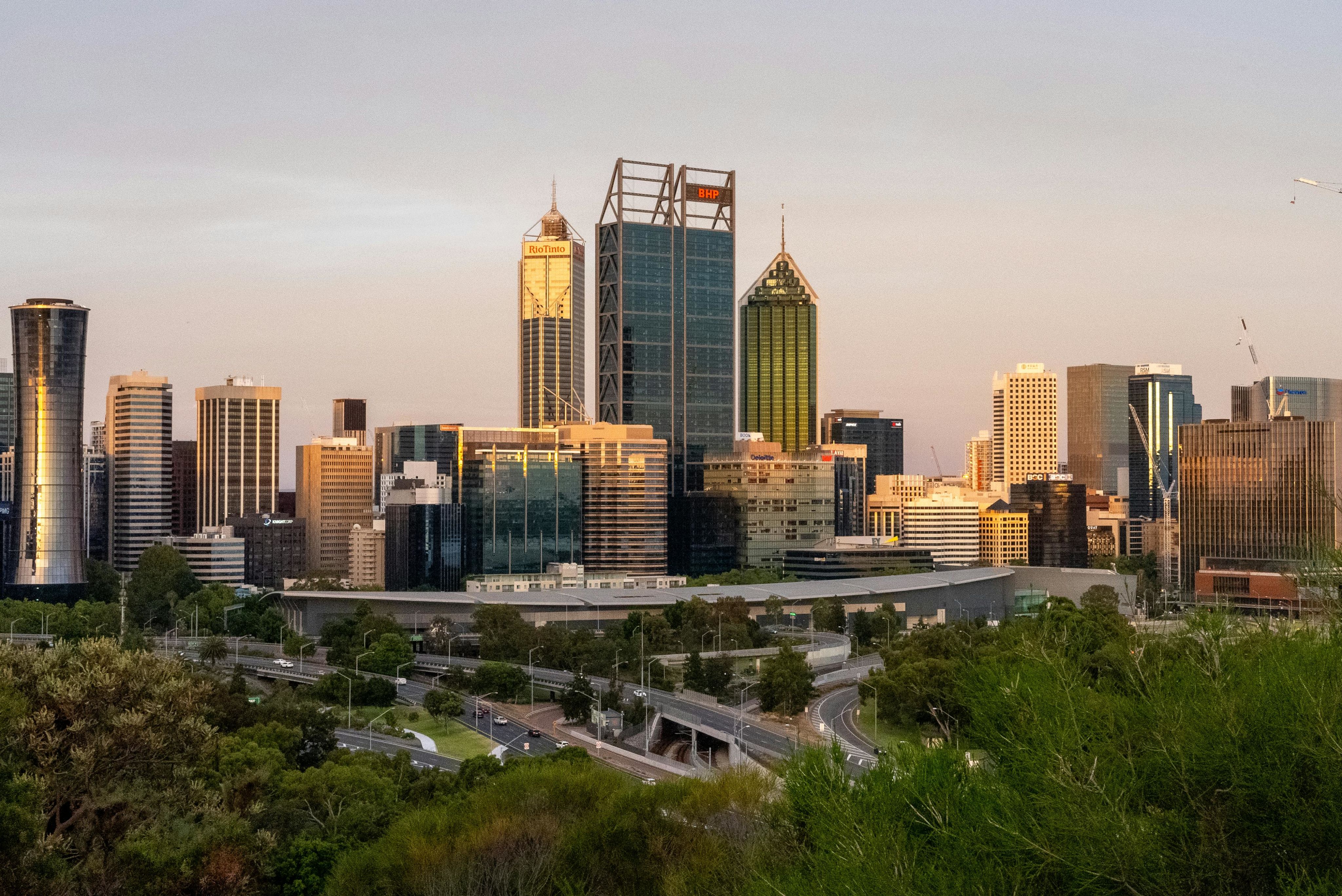
There are currently 44,889 South African immigrants living in Western Australia, according to the Australia Bureau of Statistics.
Data analysts Microburbs accumulated statistics from the 2021 Australian census which revealed the Western Australian suburbs with the largest populations of South Africans.
Burns Beach topped the list with 2,427 South Africans.
Joondalup, Butler and Mindarie followed, with around 2,200 South Africans each.
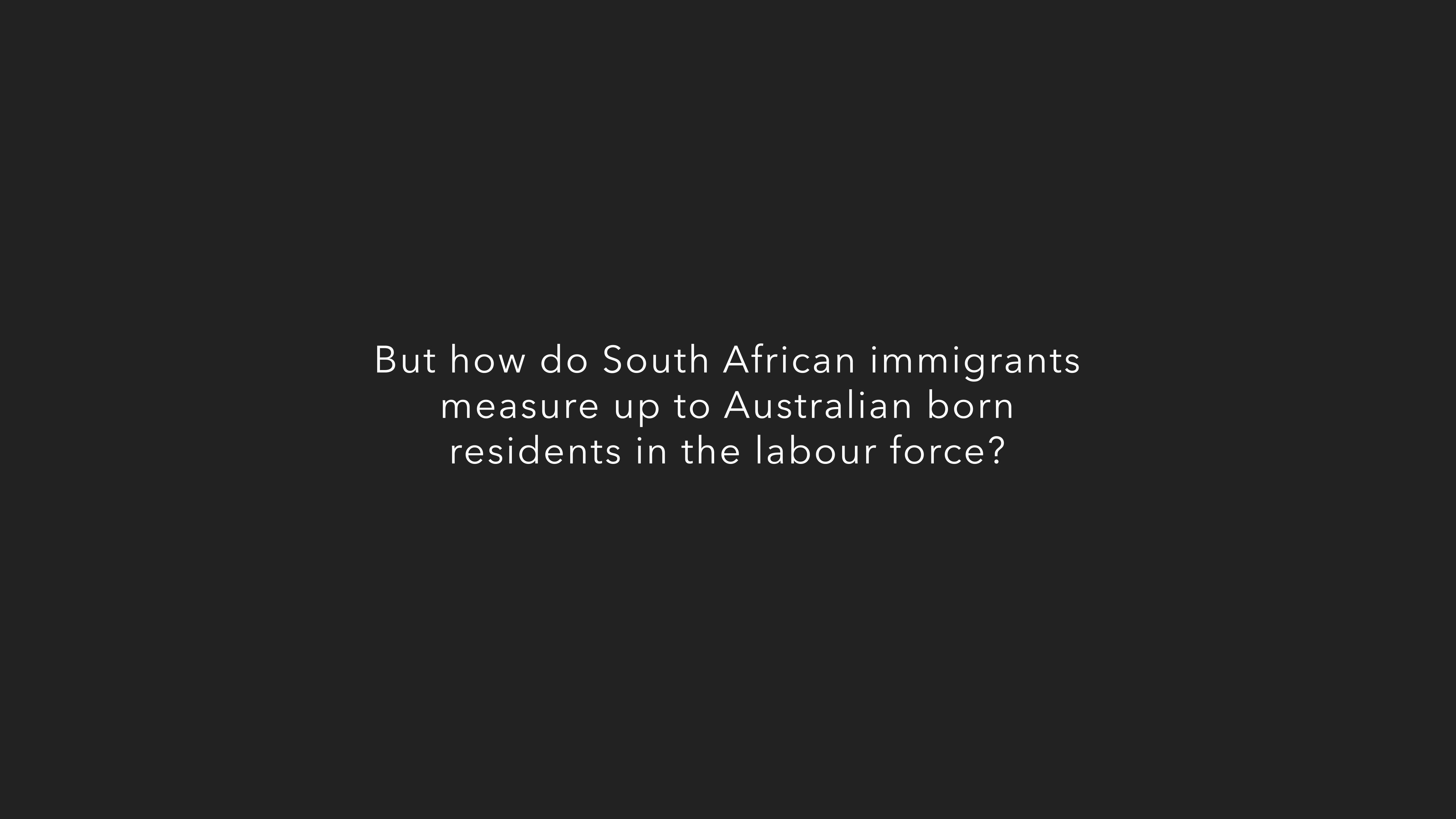
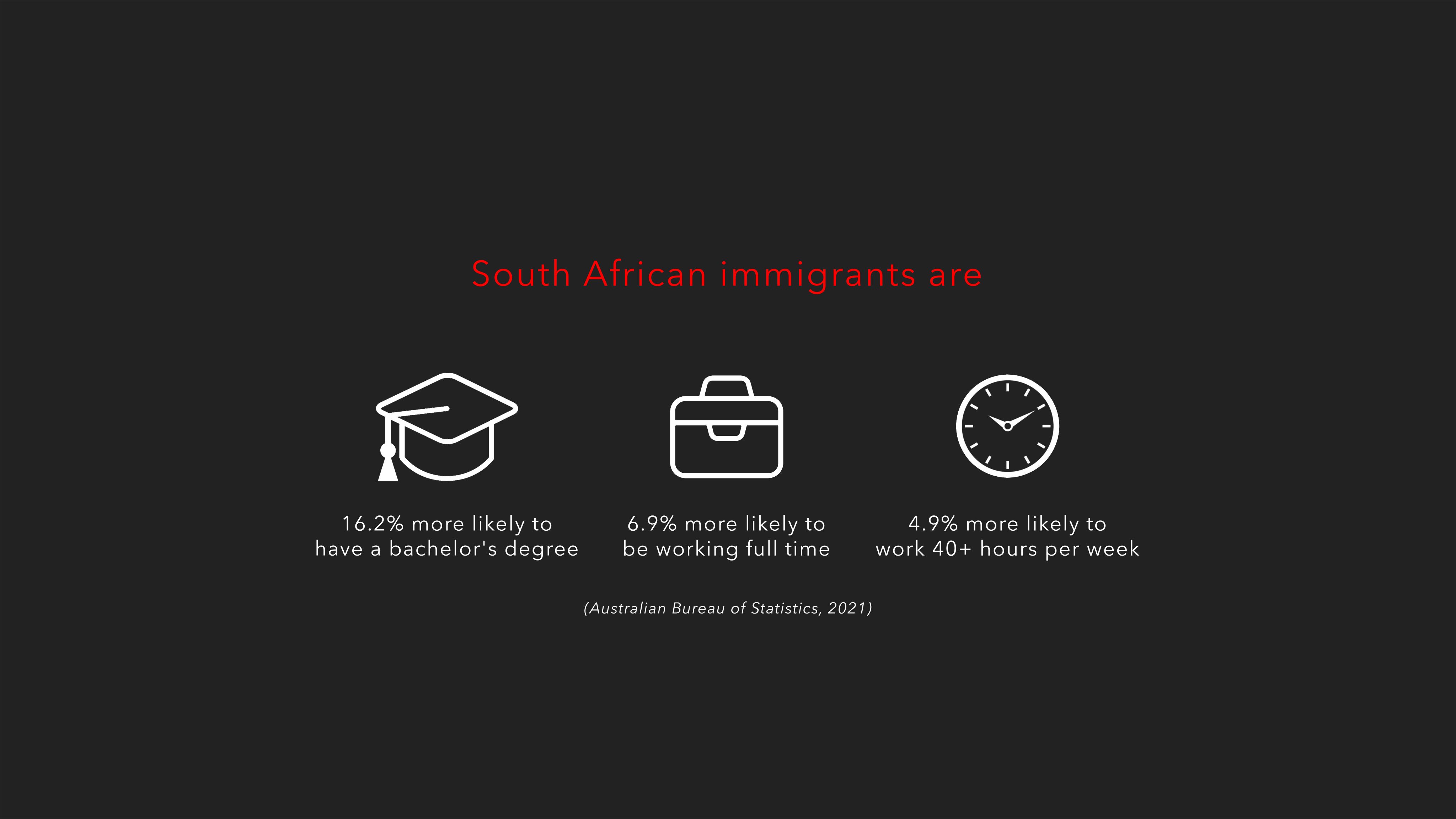
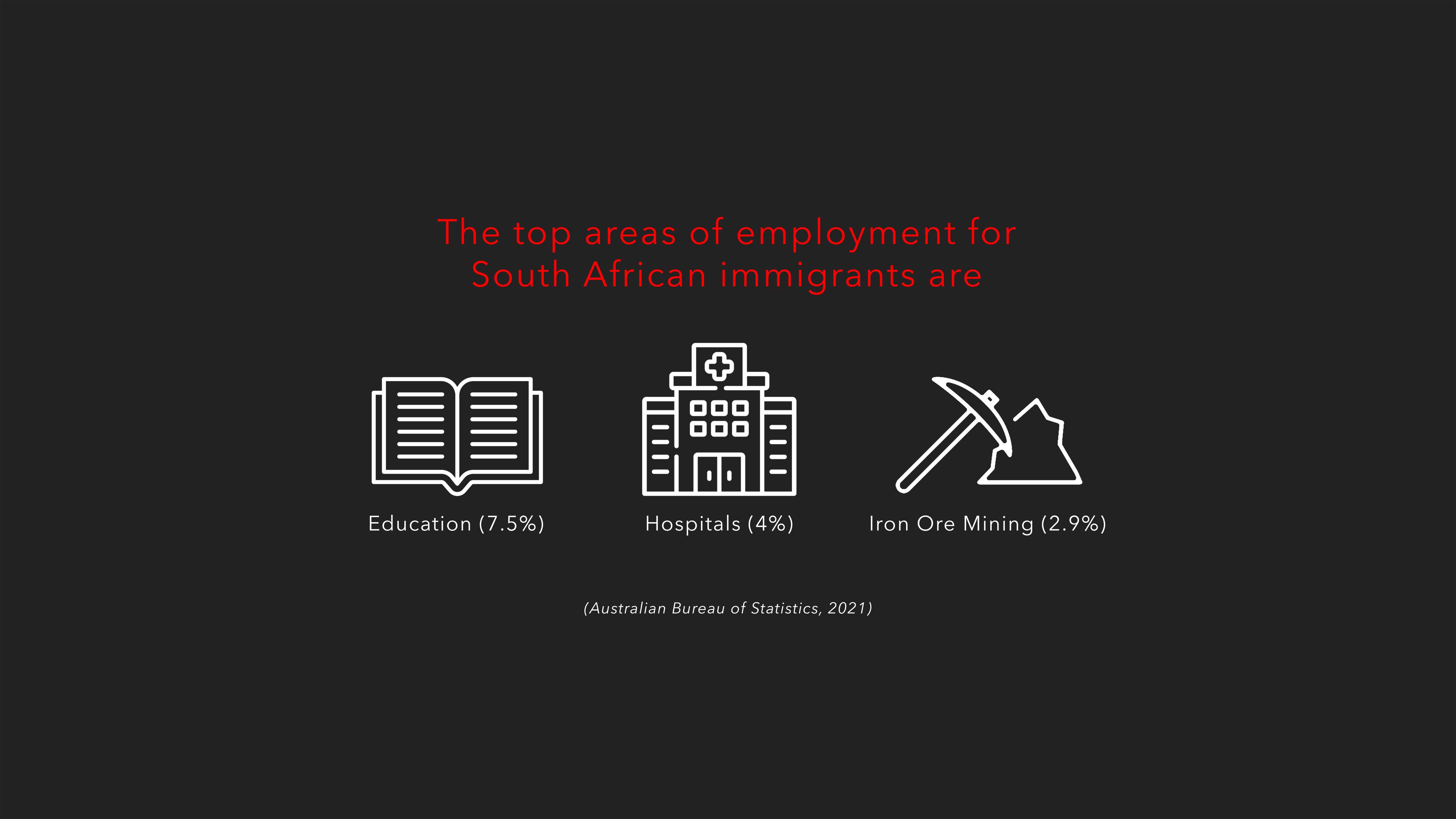


In 2025, Franche will begin teaching in an Australian primary school.
She says she is looking forward to providing hope and a future for the next generation of Australian kids.
Angela currently works as a support coordinator and mental health recovery coach, with plans to study counselling.
She hopes to continue turning her experiences in South Africa into something positive.
"Leaving South Africa was a complex decision shaped by escalating crime, deteriorating infrastructure, and the bleak prospects for our children’s future," Angela said.
"The pervasive sense of insecurity and the lack of opportunities ultimately drove us to seek a safer, more stable life in Australia."


